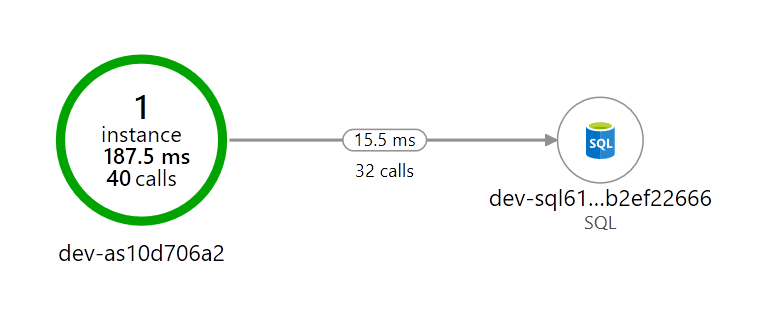
Today’s guest post is from Mikhail Shilkov, a
Microsoft Azure MVP and early Pulumi user and contributor - enjoy!
Today I want to guide you through the process of developing Pulumi
programs to leverage Azure
Platform-as-a-Service
(PaaS) services. My language of choice is TypeScript—a powerful and
expressive typed language, which is very familiar to many Azure users.
Azure consists of dozens of cloud services, from VMs to Kubernetes to
Serverless. In my experience, a lot of customers choose Azure for its
strong portfolio of PaaS-level services.
Azure App Service
is a well-established managed compute offering to run web applications,
RESTful APIs, or background workers. Azure SQL
Database is a fully
managed service to run relational databases with features like high
availability and backups available out-of-the-box. Enriched by services
like Azure DevOps for
CI/CD and Application
Insights
for APM, PaaS is a powerful way to get the benefits of the cloud without
the need to fully re-architect software solutions.
The power of relying on PaaS is evidenced by significant customer
adoption. App Service is among the most popular compute services in
Azure:
If you use automation (ARM, scripts, TF, …) to define and deploy
Azure infrastructure, which services are your primary target? Vote &
RT!
– Mikhail Shilkov (@MikhailShilkov) April 23, 2019
Nonetheless, PaaS services pose different challenges to application
developers. In particular, the usage of multiple cloud services demands
an investment in infrastructure automation. That’s where Pulumi comes to
the rescue.
Read more →







